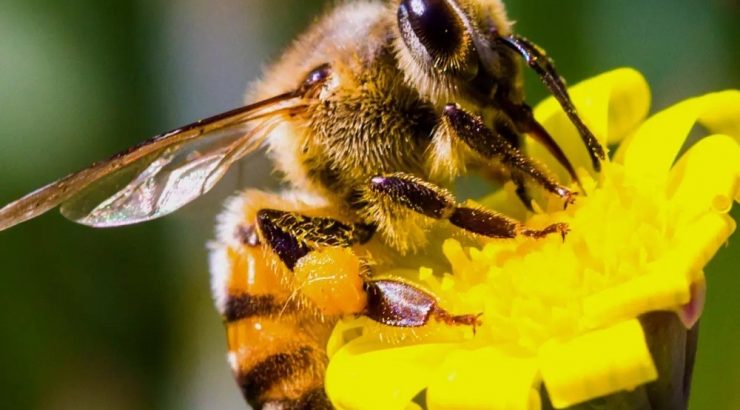
Thymol Oil and Imidacloprid Used as an Alternative Pesticide to Reduce Bee Population Decline Kada Ayithi, Alexia Campbell, Izzy Dhindsa, Jaclyn Pak, Jade Suselo, Jesse Tran
May 11, 2021
Our group focused on the declining bee population, which has been a source of concern for the agricultural industry. Although pollinators are made up of a diverse variety of species, bees perform a majority of pollination, specifically in agriculture. The decline of bee pollinators inevitably has decreased crop yield, which is disadvantageous from an environmental and economic perspective. During the group’s first semester (SCI 150), each member conducted various literature reviews to better understand the cause of bee population decline. The group assessed that traditional pesticides containing imploproclorid and neonicotinoids were the most prominent cause. Based on this research, the group decided to focus on the most abundant species locally, Apis mellifera, otherwise known as the Western honey bee. During the second semester (SCI 200), the group continued to conduct literature reviews on the effects of neonicotinoids pesticides and began researching safer alternatives. Eventually, the group transitioned into researching different components of current natural pesticides as well as ways to make them more effective via nanoparticles. By the current and last semester (SCI 250), the group initially planned to synthesize and test their own natural pesticide in the lab. However, due to COVID-19 restrictions, the group pivoted to an infographic aimed towards pesticides manufacturers and large agricultural land owners in California. Using the research from prior semesters, the groups wanted to convince others on the effectiveness of their natural pesticide. Besides the fiscal importance, the group’s proposed natural pesticides is a major contribution to science, as it creates an effective yet sustainable way for farmers to improve their crop yields while keeping bee populations safe. Without the group’s proposed solution, the current bee population would continue to decline into eventual extinction.


